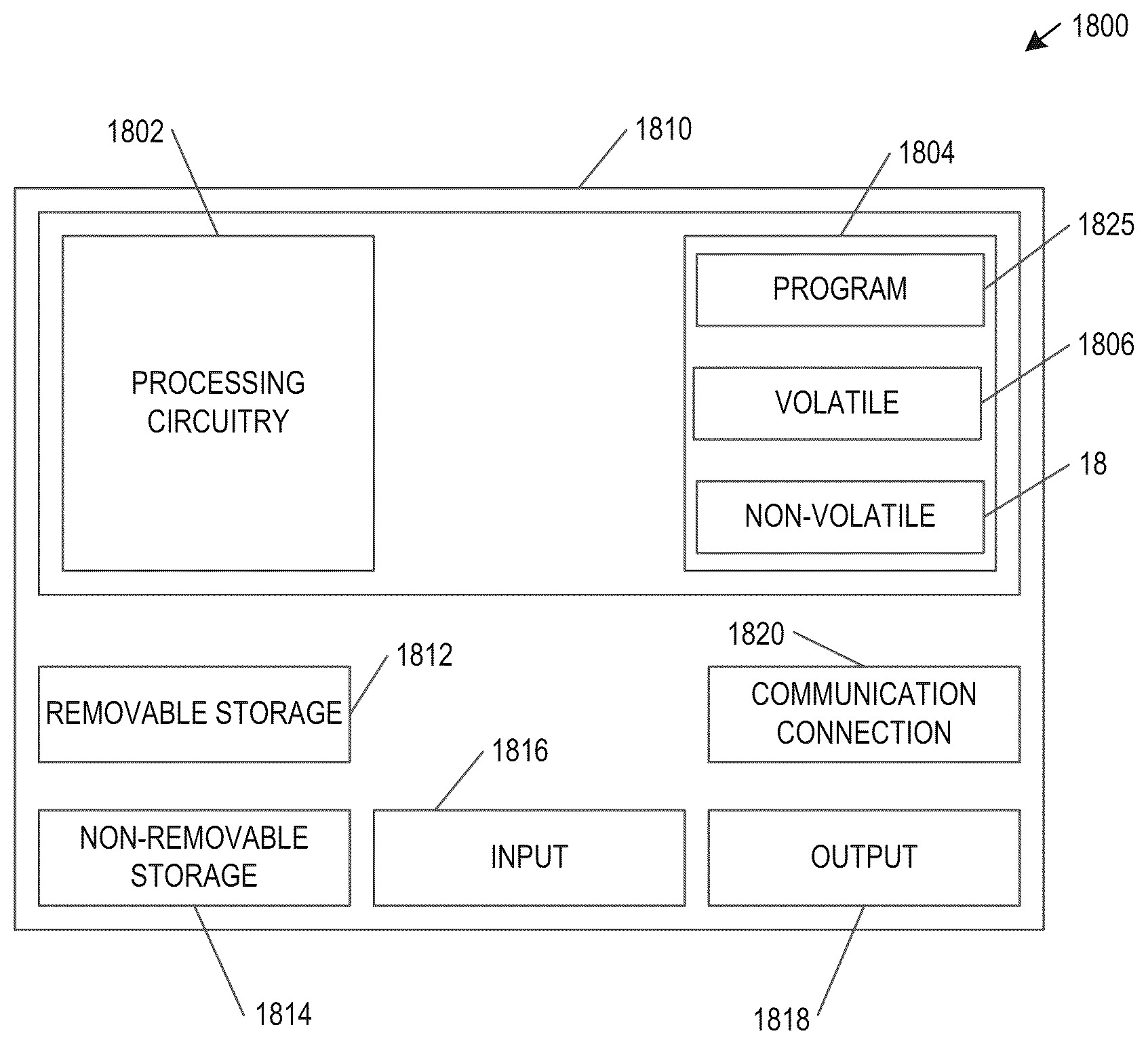Generic fuzzer for scanning cyber physical, computer and network connected device systems
Background
As digital infrastructures become more complex and vital, the frequency and sophistication of cyber threats continue to grow. Traditional network security tools often rely on static rule sets or signature-based detection systems, which are increasingly ineffective against novel or adaptive threats. Proactive and intelligent cybersecurity solutions are essential for large enterprises, critical infrastructure, and government networks that need ongoing protection. This invention addresses the growing demand for real-time, context-aware, and scalable cybersecurity systems.

System Architecture for Cybersecurity Processing and Threat Analysis Deployment
Invention Summary
This patent application discloses a next-generation cybersecurity system designed to analyze, detect, and mitigate vulnerabilities in networked infrastructures using advanced artificial intelligence and machine learning techniques. The system employs a dynamic risk engine that continuously monitors network behavior, configuration states, and threat intelligence data to assess vulnerabilities in real time. It integrates both internal and external data sources—including system logs, anomaly detection models, and known threat databases—to build a comprehensive risk profile for any network node or device.
A key innovation is its hierarchical architecture, which allows scalable deployment across various network layers—from endpoint devices to core servers—while maintaining centralized control and analytics. The AI models are trained to recognize not only known attack vectors but also emerging threats by identifying patterns of anomalous behavior. The system also includes automated mitigation capabilities, such as traffic throttling, access reconfiguration, and alert prioritization, which significantly reduce response time and human intervention.
Moreover, it supports adaptive learning by continuously refining its models based on feedback and new data, ensuring evolving defense mechanisms. This makes it highly suitable for enterprise-scale networks, critical infrastructure systems (e.g., energy grids, transportation), and high-security environments like defense or finance.
Benefits
- Real-time threat and vulnerability detection
- Scalable and adaptive AI-based analysis
- Automated mitigation and response mechanisms
- Integration of diverse threat intelligence sources
- Suitable for both enterprise and critical infrastructure
Applications
- Enterprise IT networks
- Government and defense cybersecurity
- Smart grid and critical infrastructure protection
- Financial and healthcare data systems
- Industrial IoT and smart city networks
Patent
This technology has a U.S. Patent US20240403445A1 pending and is available for licensing/partnering opportunities.
Contact
NDSU Research Foundation
info(at)ndsurf(dot)org
(701) 231-8173
NDSURF Tech Key
RFT, 686, RFT686
Inquire about this technology >